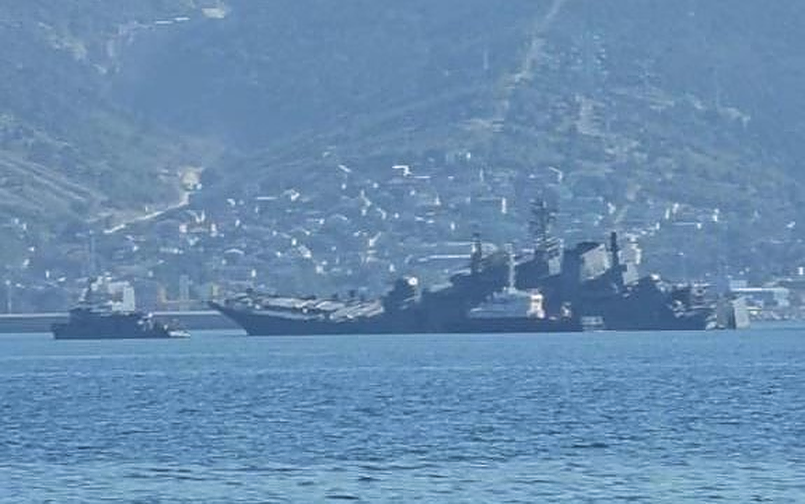Ukraine Pursues Black Sea Dominance On The Warpath To Crimea
By creating a 'humanitarian corridor'
Two bulk carriers, Resilient Africa and Aroyat, reached the Ukrainian port of Chornomorsk on Saturday to load 20,000 tons of wheat bound for markets in Egypt and Israel. Merchant shipping never dares to sail in waters where insurance does not cover their potential losses, so we can ta…
Keep reading with a 7-day free trial
Subscribe to Polemology Positions to keep reading this post and get 7 days of free access to the full post archives.


